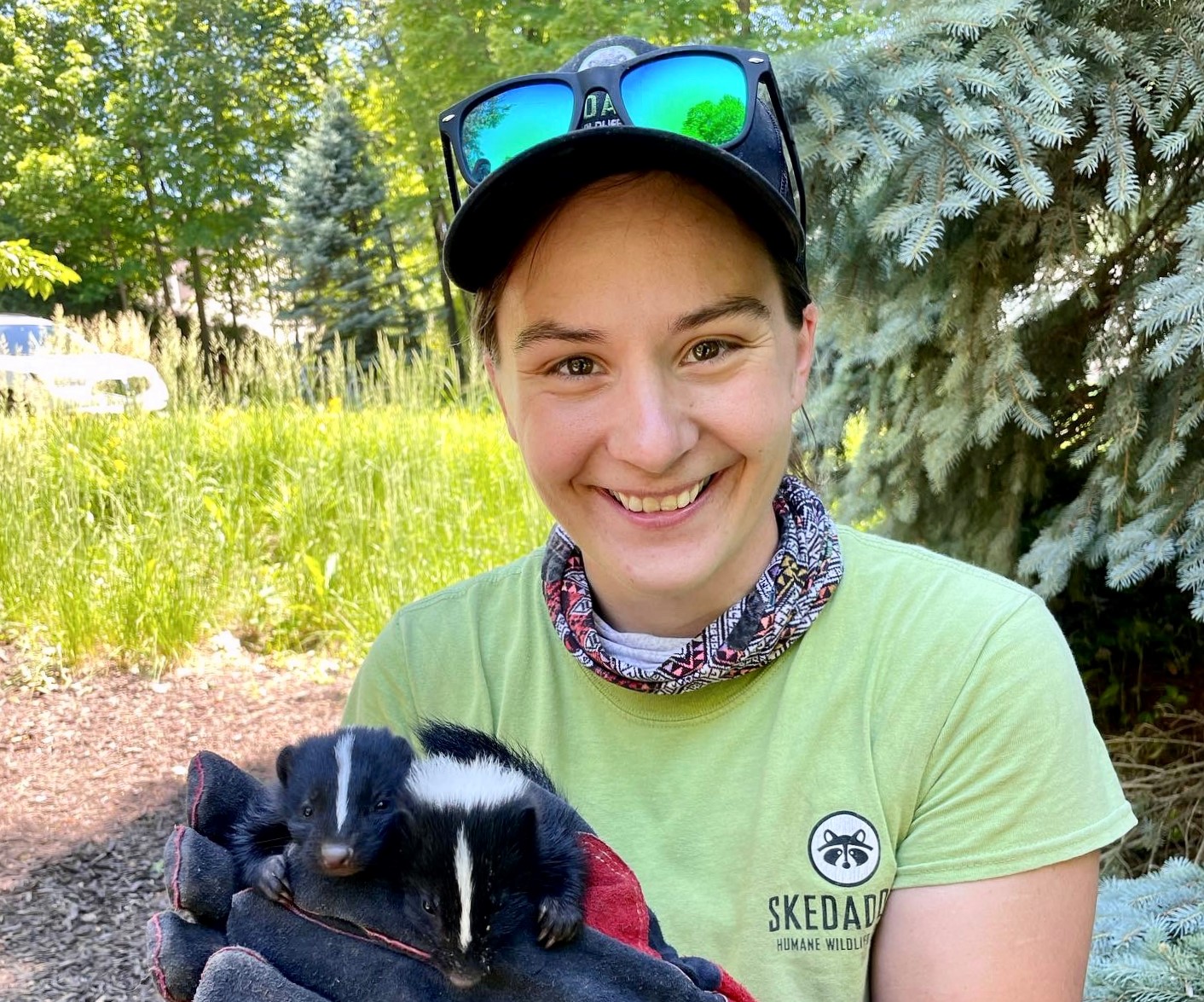Skunks are generally nocturnal, so it is rare to see them during daylight hours, but if it happens at all, it is most likely to happen during spring and summer. Sighting a skunk can be alarming, both because of its foul-smelling spray and its reputation as a rabies carrier. If you find skunks living on your property, stay calm and call for professional skunk removal in York. Don’t assume that if the animal is out during the day that it has rabies; this isn’t always the case.
Are All Skunks Rabid?
Skunks are one species of wild animal most likely to contract and carry rabies. However, this does not mean that all skunks are rabid. It only means that the probability of a skunk carrying rabies is higher than with some other animals. The actual incidence of rabies among the skunk population is relatively low, though case numbers can fluctuate.
However, because rabies is such a dangerous disease, it is safest to assume that any skunk you see outside could infect you. Even if you are reasonably certain that a skunk doesn’t have rabies, you should not attempt to approach or handle it. A threatened skunk could spray you, which could cause short-term irritation and potentially ruin your clothes. If spraying doesn’t work, the skunk could bite or scratch you, which could cause injuries and possibly expose you to other diseases even if the skunk is not rabid.
Are Skunks Active During the Day?
Generally speaking, skunks are not active during the day, or if they are, it is only around dawn and dusk. Rabies makes infected animals behave strangely, so if a skunk is out during the day, it could be rabid. Nevertheless, there are also reasons why healthy skunks may be out during the day.
Skunks may come out of their den if it is too cold and come outside in the sunshine to warm up. They may also come out during the day if something happened to startle them out of their den.
The normal time for skunks to forage for food is at night, but if a skunk didn’t find enough food during nighttime foraging, it may continue looking after daybreak. A mother skunk may be more likely to be out foraging for food during the day so she can find enough food for both herself and her offspring.
You are also more likely to see young skunks during the day. Unfortunately, in this scenario, it may be that the juvenile skunk has been orphaned and is either looking for its mother or trying to find food. Mother skunks need to teach their young to forage for food, and they may do this during the daytime as young skunks have not yet acclimated to a nocturnal schedule.

How Can You Tell if a Skunk Is Rabid?
The mere presence of a skunk outside in the daytime is not enough to indicate that it is rabid. A skunk that is infected with rabies exhibits other symptoms. Rabies affects the central nervous system, and an infected animal tends to have difficulty maintaining its balance and walks with difficulty. A rabid skunk may seem confused, disoriented, or weak. It may experience seizures or convulsions that shake its body uncontrollably. It may have discharge from the eyes or nose or foam at the mouth. It may appear aggressive and approach humans without fear, whereas a healthy skunk prefers to run away from humans. While you should always leave skunks alone if you see them outside, it is even more important to keep your distance from a skunk exhibiting any of these symptoms.
Skedaddle technicians are trained to remove skunks safely and know how to get rid of skunk smell after they are gone. Learn more about skunk prevention.




